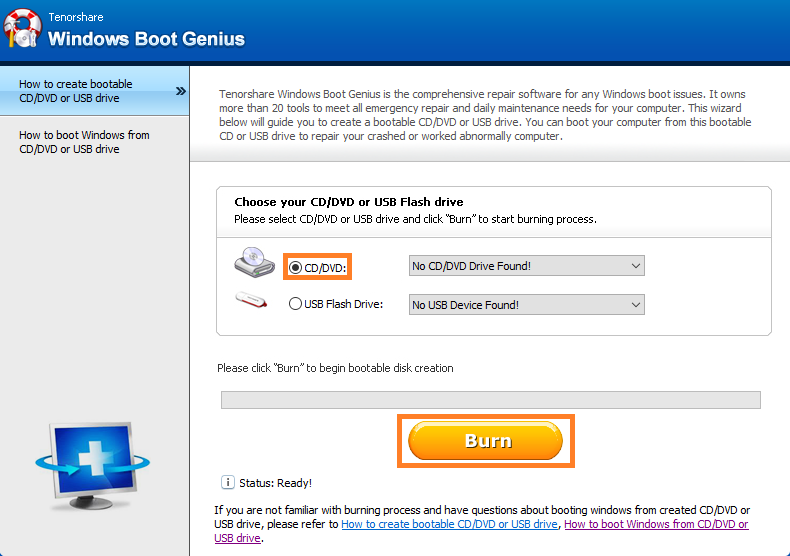


If you booted from a DVD ISO image, it is possible to create USB media using from the DVD you have booted from. Sudo livecd-iso-to-disk -format -efi -noverify nst-20-6480.x86_64.iso /dev/sdx1 The following example formats the USB drive and enables EFI/UEFI booting of your USB drive with a 64 bit version of the NST ISO image (for newer Intel hardware and Macs). NOTE: You will need to substitute the name of the ISO file to use ( ) and the USB disk partition to install to ( /dev/sdx1) according to your situation. Sudo livecd-iso-to-disk -noverify /dev/sdx1 Once installed, you can run use the livecd-iso-to-disk utility in the following manner (there are a lot more options available and you are encouraged to read the man page). Sudo rpm -q livecd-tools || sudo yum install livecd-tools The livecd-iso-to-disk utility can be installed on a NST (or any Fedora based system) by running the following command: The livecd-iso-to-disk command line utility provides a lot more options than the simplified liveusb-creator tool. There is a version of liveusb-creator available that runs under Windows.įor more details on using the liveusb-creator tool, refer to Fedora's excellent write up: " How to create and use Live USB". This tool offers a subset of the features provided by the livecd-iso-to-disk command line utility, but is recommended for beginners (or people that don't have time to read and can live with limitations). Look for the Fedora LiveUSB Creator launcher icon under system tools.

If you are more comfortable with graphical applications, you can use the liveusb-creator tool. 3.1 Using dd or 'dcfldd' - Linux System.


 0 kommentar(er)
0 kommentar(er)
